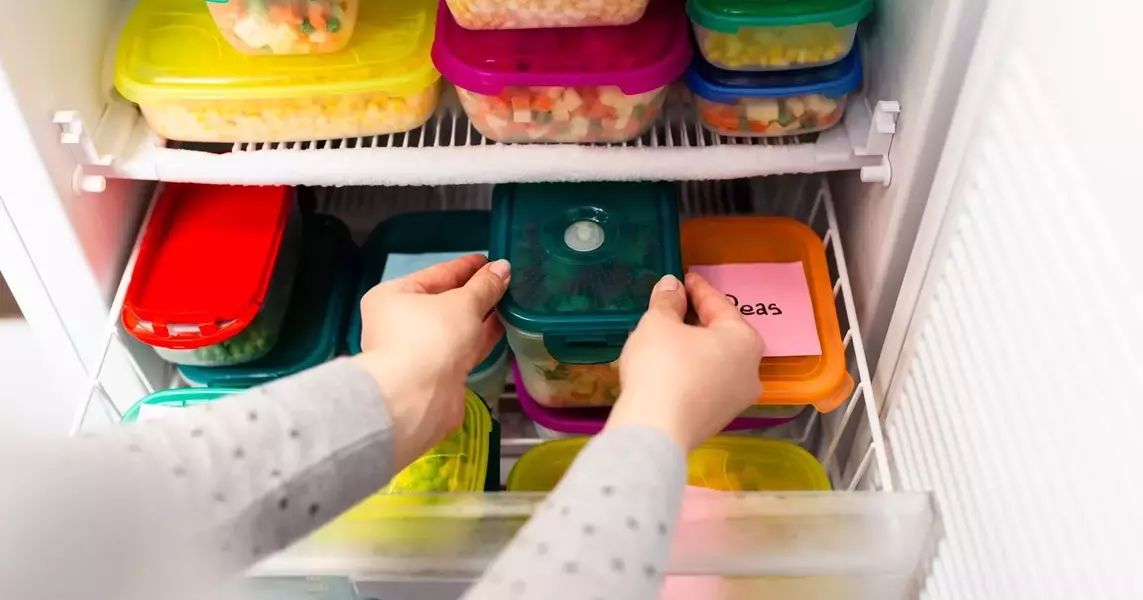Exploring the Dos and Don'ts of Repeated Freezing: A Comprehensive Guide

In households across the globe, a common dilemma arises when we find ourselves with surplus food after thawing. Whether it's half-used chicken or leftover baked goods, the question of whether to refreeze these items often comes up. While many foods can withstand repeated freezing, their quality may diminish. This article delves into which foods fare well under such conditions and which should be avoided, offering valuable insights for better food management.
The Impact of Repeated Freezing on Various Foods
In the cozy kitchen of every home, the freezer plays a crucial role in preserving food. Bread and baked goods, being low in moisture, handle multiple freeze-thaw cycles gracefully. The gluten in bread and fats in pastries protect these items from significant damage, ensuring they remain safe and palatable.
Soups and sauces, especially those without dairy or starch-thickened bases, also endure repeated freezing well. These liquid-based dishes maintain their texture and flavor because they don’t lose moisture like solid foods do. However, fruits and vegetables present a different story. Store-bought frozen produce benefits from flash freezing, which minimizes cell damage. Home-frozen produce, however, may suffer from larger ice crystals that can alter texture upon thawing. Blanching vegetables before freezing can mitigate this issue.
Meat and poultry, if thawed properly in the refrigerator, can be safely refrozen. However, repeated thawing and freezing can lead to drier and tougher textures. Cooking meat before refreezing can improve its quality during subsequent thaws. On the other hand, certain foods, such as raw seafood, eggs, high-water content produce, and dairy-heavy dishes, do not tolerate repeated freezing well. These items risk losing texture and developing undesirable qualities.
To ensure successful freezing and thawing, always thaw food in the refrigerator to prevent bacterial growth. Portion control and proper packaging, such as using airtight containers or vacuum sealing, can minimize the need for refreezing. Additionally, blanching vegetables and cooking frozen foods directly can help preserve their integrity.
From a reader’s perspective, understanding which foods can be repeatedly frozen and which cannot is essential for maintaining both safety and quality. By following these guidelines, we can reduce food waste and make the most of our freezer space. Proper handling ensures that our meals remain delicious and nutritious, even after multiple freeze-thaw cycles.